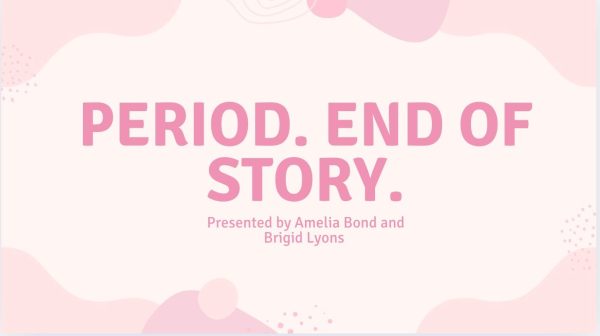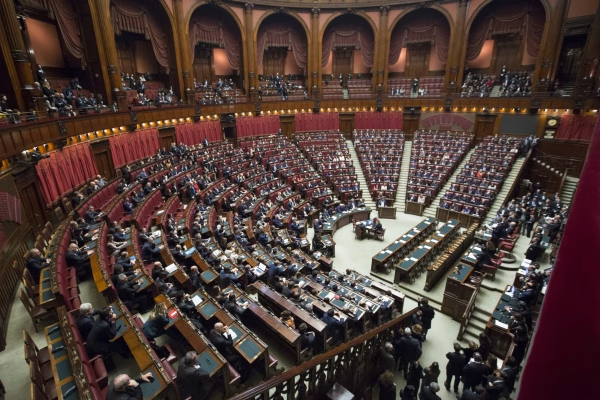A Perfect Palestine – Effie’s Independent Project
“Orient” comes from the Latin word oriens, meaning east (Said 66). For centuries the term “Oriental” was used in Western media as a blanket term to characterize the people of Middle Eastern countries. Considering this term is offensive to those who identify as Middle Eastern, I will be referring to them by their country of origin rather than Orientals. In his essay, “Orientalism”, Palestinian author, Edward Said, establishes how Western representations of Palestinians grounded its people in a state of un-belonging, in turn reducing them to exoticized stereotypes. Western scholars are invading the East and writing their own history for Palestine. This false Western narrative of Eastern countries is unquestioningly digested by the scholars’ followers and spread throughout the world as “true” information because the West is always portrayed as a heroine in global affairs, so no one questions the credibility of its information (Said 80). We visually see the invasion of Western culture on Palestine in Said’s essay, “States”. In his essay, he uses photographs with accompanying descriptions to say something about Palestinians which has never been said before. He describes the isolation, loss of identity, and dehumanization Palestinians feel as a result of the Western generalization of his homeland under the culturally encapsulating term “Oriental”. Both “States” and “Orientalism” present Said’s major ideas about Orientalism as a Western construction, but “States” provides readers with a unique insight into photographic artifacts whose descriptions, written by Said, complement the images they accompany, bringing the West a story that has never been told before.
In “Orientalism” Edward Said attributes the Western romantic historian François-René Chateaubriand with creating the term “Oriental” in the early 19th century (Said 93). During his travels to Greece, Palestine, Egypt, and Lebanon, Chateaubriand wrote, “Memoirs from Beyond the Dead”, in which he romanticized an entire population of people he referred to as “Orientals”. Chateaubriand’s characterization of Palestinians is based on stereotypes he assumed during an era of growing imperialism in the Middle East. Palestine was romanticized through the Turquerie art movement in the 19th century in which Western artists like John Fredrick Lewis visually racialized and sexualized Palestinian culture (Said 70). The paintings’ smooth palettes and brushstrokes appeared romantic and fantastical and served as an inaccurate visual record for Westerners interested in these places. Chateaubriand’s writing reduces Palestinians to an exotic idea, and as a result, he sets up generations of Western thinkers to establish an unbreakable stereotype surrounding Palestinians. By speaking for the domestic snapshots he took in “States”, Edward Said humanizes his Palestinian culture and debunks the West’s “romantic” perception of his home country.
In the introduction of “States”, readers are given an insight on the motivation behind Said’s photographic essay. When he was a consultant to the United Nations for its International Conference on the Question of Palestine in 1983, he wanted to display the domestic photographs he presents in “States” at the conference site, and officials approved of their display, but restricted Said from putting writing with them (Said 28). In response to this suppression of speech Said argued that without photographic descriptions the history and identity of Palestinians remained unknown by Western viewers (Said 22). By having his voice conquered by UN officials, Said could not speak for the true story of these photographs. Instead, Western viewers at the conference stereotypically saw the Palestinians in the photographs as, “fighters, terrorists, and lawless pariahs” (Said 22). This stereotype of Palestinians emerged as a result of the ongoing Israeli-Palestinian conflict. Since 1948 when the Western world declared Israel a Jewish nation, America has been Israel’s strongest ally, providing military defense against other Middle Eastern countries, including those involved in the Israeli-Palestinian conflict (Said 81). Israel built its Jewish homeland on Palestinian soil with the help of the West, which has damaged relations between the two Middle Eastern territories, leading Israelis and their allies to regard Palestinians as “terrorists” against their homeland. Said purposefully photographed domestic scenes to challenge the Western framework of the Orient and reveal Palestinian domestic life that the West never sees because of these stereotypes.
This domestic photograph shows a bride, whose figure is draped with delicate lace fabric. On her right is her mother, dressed in a loosely fitted polka-dot dress, whose palms are pounding a drum. The bride’s left arm is locked with the groom whose dark features contrast with the fair wedding gown. The description accompanying the photograph in “States” shows that only months later, the same location where the photograph was taken, was decimated by intra-Palestinian violence (Said 23). Without Said’s description, this photograph would seem like any other wedding. A seemingly perfect yet saddening wedding ritual is captured as the couple is escorted into a Mercedes. The Mercedes was, “a rare luxury in the West”, but in Palestine, “a universal taxi… the all-purpose conveyance” (Said 23). In this context, conveyance refers to moving from one place to another. Edward Said employs the Mercedes as a device to show the reader a mode of coming and going through which the markers of Palestinian lives are set. The entire work of “States” is this fragmentary coming and going, and Said literally represents this with a physical object of conveyance, the Mercedes. Despite being a Western symbol, the Mercedes is permanently essential to life in Palestine. Even though the West intruded on “Oriental” cultures, because it has built the foundation for many necessities in the “Orient”, its influence cannot be stripped from the region or else entire sectors will collapse, like transportation would in Palestine without the Mercedes.
In his introduction Said says, “…no one writing about Palestine starts from scratch,” because unlike Said, Western writers falsely portray Palestine. According to “Orientalism”, it was because of Chateaubriand’s construction of the “Orient” that Western civilization fantasized sophisticated Middle Eastern societies. In “States” Said attempts to give true meaning to domestic Palestinian scenes to filter out false Western ones. Even through Said’s attempts of separating Western and Palestinian narratives, the West will always be present in shaping the world’s perception of Palestinian. Palestine has been misled into a new term, a new study of their lives, one that is Oriental, whereas the West maintains a high position of global esteem, but will never be held accountable for their ignorance.
Photo by Ahmed Abu Hameeda on Unsplash






